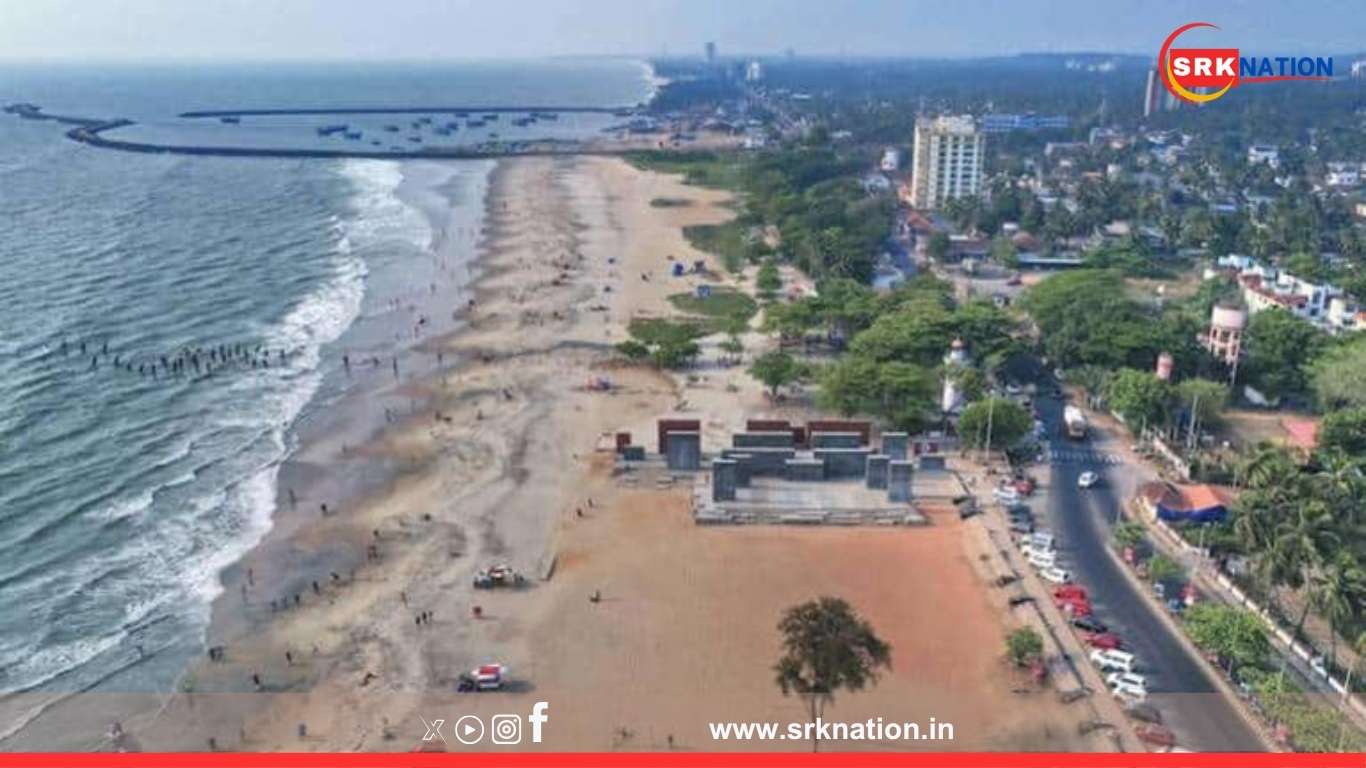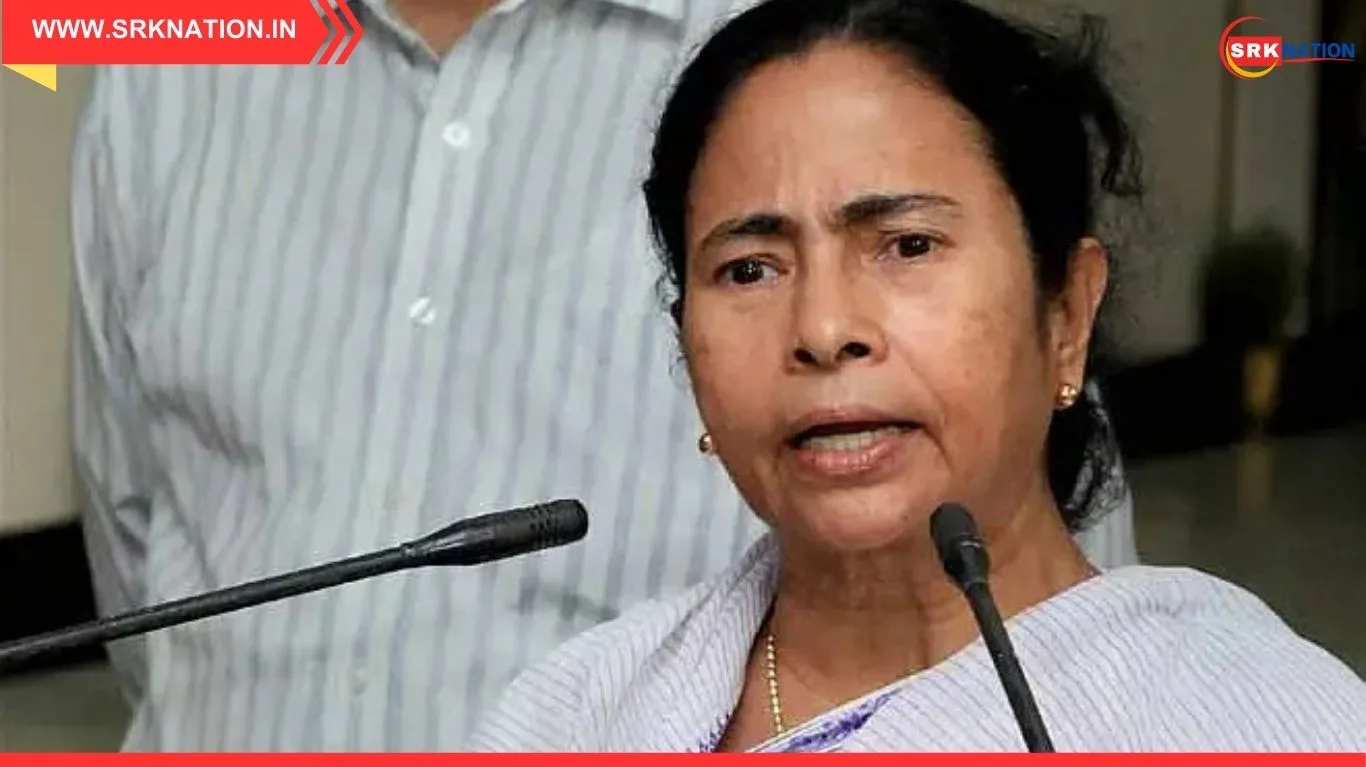India’s real estate sector is witnessing a significant shift as Tier-II cities outperform traditional metro markets in property appreciation and return on investment (RoI). This trend, driven by improved infrastructure, industrial expansion, and rising white-collar migration, is reshaping the investment landscape for developers, homebuyers, and investors alike.
Key Findings
Recent market studies by leading real estate consultancies indicate that while metros like Mumbai, Delhi NCR, and Bengaluru remain robust, cities such as Jaipur, Indore, Lucknow, Coimbatore, and Bhubaneswar have delivered 12-20% annualised property appreciation over the past three years, surpassing metro market averages of 6-10%.
| City | Annualised Price Growth (2021-2024) | Average Per Sq Ft Price (2024) | Key Drivers |
|---|---|---|---|
| Jaipur | 16% | ₹5,600 | Infrastructure upgrades, tourism boom |
| Indore | 15% | ₹4,850 | IT sector growth, metro connectivity |
| Lucknow | 14% | ₹5,400 | Expressway projects, migrant inflow |
| Coimbatore | 13% | ₹4,300 | Industrial corridor expansion |
| Bhubaneswar | 12% | ₹4,750 | Smart city mission, airport upgrades |
| Bengaluru | 9% | ₹8,200 | Limited new supply in prime areas |
| Mumbai | 7% | ₹15,000 | High base effect, regulatory bottlenecks |
| Delhi NCR | 8% | ₹7,900 | Suburban demand, REIT-backed office surge |
Why Tier-II Cities Are Gaining Momentum
1. Affordable Entry Points
Properties in Tier-II cities remain significantly cheaper compared to metros, attracting first-time homebuyers, investors seeking higher yields, and NRIs diversifying into emerging markets.
2. Infrastructure Development
The massive government push for smart city projects, industrial corridors (like Delhi-Mumbai Industrial Corridor, Chennai-Bengaluru Industrial Corridor), and expressway expansions have made Tier-II cities attractive for businesses and residents.
3. Reverse Migration & Hybrid Work Culture
Post-pandemic, many professionals are choosing their hometowns or smaller cities offering better quality of life, lesser commute times, and comparable career opportunities due to hybrid work models. This has boosted housing demand.
4. Growing Rental Yields
Rental yields in Tier-II cities now range between 3.5% to 4.5%, in contrast to metros where yields hover around 2-3%, making them attractive investment destinations.
Segment-wise Performance
| Property Segment | Tier-II Cities Growth Driver |
|---|---|
| Residential Apartments | Affordable mid-income housing demand surge |
| Commercial Offices | IT parks, co-working spaces, government offices |
| Retail & Malls | Rising disposable incomes, branded retail expansion |
| Plotted Developments | Popular among investors for quick RoI and resale |
Expert Views
According to Karthik Reddy, Partner at a leading real estate consultancy:
“We see Tier-II cities transforming into micro-metros. Improved connectivity, aggressive industrialisation policies by states, and lifestyle aspirations are driving both demand and capital appreciation.”
Case Study: Lucknow
Lucknow’s property market has witnessed over 14% annualised growth, driven by the Purvanchal and Agra-Lucknow expressways, metro connectivity, and expansion of IT/ITES firms into the city.
Developers like Omaxe, Shalimar, and Eldeco have launched multiple township projects catering to mid and premium segments. Investors have gained steady rental yields of 4-4.5%, higher than Delhi NCR averages.
Case Study: Coimbatore
Coimbatore, long known as a textile hub, has now emerged as an industrial and startup city with rising demand for plotted developments, villas, and gated communities.
- The Coimbatore Integrated Bus Terminus, expansion of the airport, and national highway upgrades have driven land value appreciation by over 150% in key outskirts over five years.
- IT majors such as TCS and Cognizant expanding operations have boosted residential demand in prime pockets like Peelamedu and Avinashi Road.
Future Outlook
1. Institutional Investments
Private equity funds, NBFCs, and global institutional investors are increasing allocations to Tier-II cities, eyeing both residential and commercial asset classes for higher IRR.
2. Integrated Townships
With urban planning shifting towards integrated living, developers are planning self-sustained mini-townships combining residential, commercial, retail, and leisure zones, driving premium pricing.
3. Policy Boosts
State-specific housing policies, stamp duty rebates for women buyers, and single-window clearances for approvals are expected to attract more investments in these cities.
Risks To Monitor
- Unplanned urban sprawl without matching civic infrastructure
- Water scarcity and environmental degradation due to rapid real estate expansion
- Potential oversupply if demand assessments are overestimated by developers
- Regulatory delays in land title clearances in certain states
Investor Takeaway
Real estate analysts recommend a balanced approach. While Tier-II cities offer higher appreciation potential and better rental yields, investors should:
- Evaluate project developer credibility
- Assess proximity to upcoming infrastructure nodes
- Factor in long-term population and job growth trends
- Diversify across geographies to mitigate region-specific risks
Disclaimer
This news article is intended for informational and investment awareness purposes only. Readers are advised to conduct independent due diligence and consult certified financial or real estate advisors before making any property investment decisions.
As India eyes its $5 trillion economy goal, Tier-II cities are poised to become the engines of real estate growth, redefining the landscape with emerging business hubs, urban upgrades, and affordable aspirations shaping India’s property market future.











